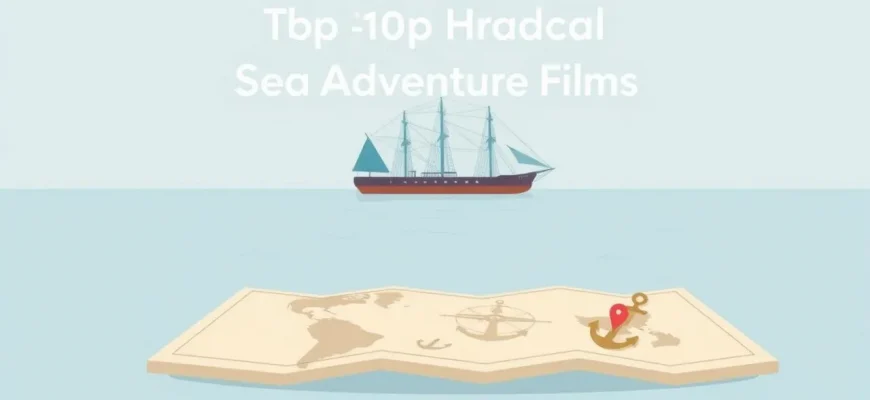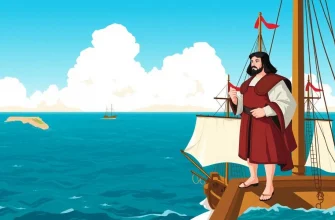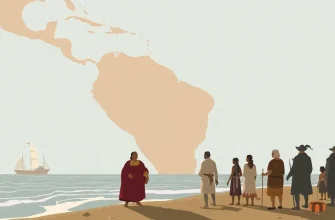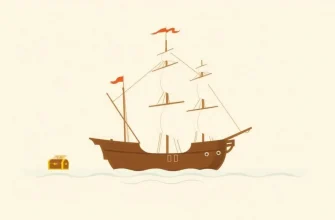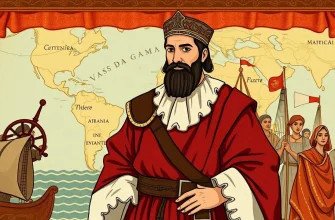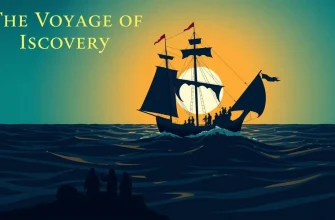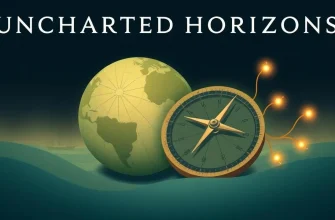Embark on a cinematic voyage through time with our curated list of historical sea adventure films. These movies not only entertain but also educate, offering a glimpse into the daring exploits of seafarers from different eras. From the treacherous waters of the 16th century to the high seas of the 19th century, these films capture the spirit of exploration, the thrill of discovery, and the harsh realities of life at sea. Whether you're a history buff or just love a good adventure, this collection promises to transport you to a world where the ocean is both a path to glory and a formidable adversary.
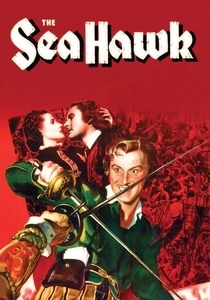
The Sea Hawk (1940)
Description: Set during the reign of Queen Elizabeth I, this film tells the story of an English privateer who becomes embroiled in a plot against England by the Spanish. It's a swashbuckling adventure with themes of patriotism and naval warfare.
Fact: Errol Flynn, known for his roles in adventure films, delivers one of his most iconic performances as Captain Geoffrey Thorpe.
 Watch Now
Watch Now 
Mutiny on the Bounty (1962)
Description: Based on the true story of the mutiny led by Fletcher Christian against the tyrannical Captain William Bligh, this film explores themes of leadership, rebellion, and survival on the high seas.
Fact: Marlon Brando, who played Fletcher Christian, was nominated for an Academy Award for his performance, and the film won the Oscar for Best Cinematography.
 Watch Now
Watch Now 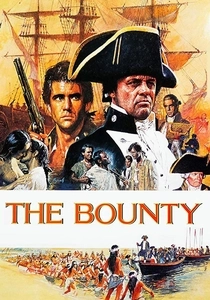
The Bounty (1984)
Description: Another adaptation of the Mutiny on the Bounty, this film focuses on the psychological and moral aspects of the mutiny, providing a nuanced look at the characters involved.
Fact: Anthony Hopkins and Mel Gibson star in this film, which was shot on location in Tahiti, adding authenticity to the setting.
 Watch Now
Watch Now 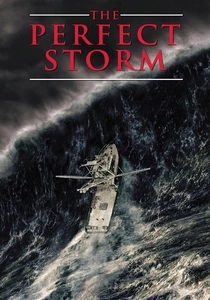
The Perfect Storm (2000)
Description: While not strictly historical, this film captures the essence of a real-life maritime disaster involving the Andrea Gail, a fishing vessel caught in a deadly storm in 1991.
Fact: The film was based on the book by Sebastian Junger, and the special effects for the storm scenes were highly praised.
 Watch Now
Watch Now 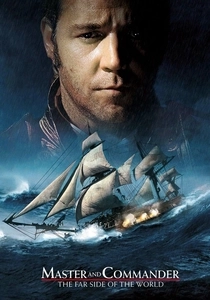
Master and Commander: The Far Side of the World (2003)
Description: This film follows the adventures of Captain Jack Aubrey and his crew aboard the HMS Surprise during the Napoleonic Wars. It's a tale of naval warfare, camaraderie, and the relentless pursuit of an enemy frigate, showcasing the life of sailors in the early 19th century.
Fact: The film was nominated for 10 Academy Awards, including Best Picture. It was also praised for its historical accuracy in depicting naval battles.
 Watch Now
Watch Now 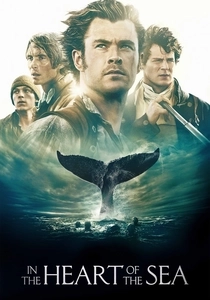
In the Heart of the Sea (2015)
Description: This film recounts the harrowing tale of the Essex, a whaling ship that inspired Herman Melville's "Moby-Dick." It's a story of survival against all odds, showcasing the brutal realities of 19th-century whaling.
Fact: The film was directed by Ron Howard and features Chris Hemsworth in a leading role, highlighting the physical and emotional toll of the ordeal.
 Watch Now
Watch Now 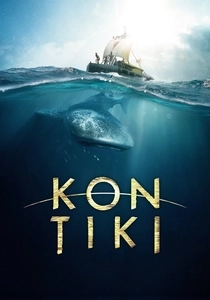
Kon-Tiki (2012)
Description: This film tells the story of Thor Heyerdahl's 1947 expedition across the Pacific Ocean on a balsa wood raft, proving that pre-Columbian South Americans could have settled Polynesia.
Fact: The film was nominated for Best Foreign Language Film at the Academy Awards, and the real Kon-Tiki raft is on display in Oslo, Norway.
 Watch Now
Watch Now 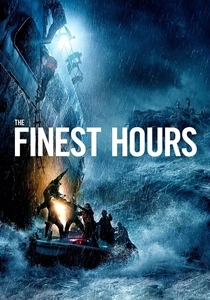
The Finest Hours (2016)
Description: This film dramatizes the true story of the 1952 Coast Guard rescue of the crew of the SS Pendleton, split in half by a storm off the New England coast.
Fact: The rescue operation depicted in the film is considered one of the most daring in Coast Guard history.
 Watch Now
Watch Now 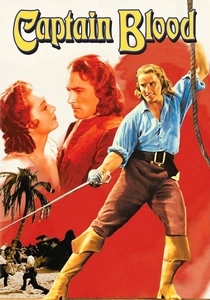
Captain Blood (1935)
Description: Errol Flynn stars as Dr. Peter Blood, who is sold into slavery and becomes a pirate captain. This film blends romance, adventure, and historical context, set during the era of piracy in the Caribbean.
Fact: This was Flynn's first major role, launching his career as a leading man in adventure films.
 Watch Now
Watch Now 
The Admiral: Roaring Currents (2014)
Description: This Korean film depicts the Battle of Myeongnyang, where Admiral Yi Sun-sin, with just 12 ships, defeated a Japanese fleet of over 300, showcasing naval strategy and heroism.
Fact: It became the highest-grossing film in South Korea at the time of its release, and its portrayal of naval tactics was highly praised for historical accuracy.
 30 Days Free
30 Days Free 
